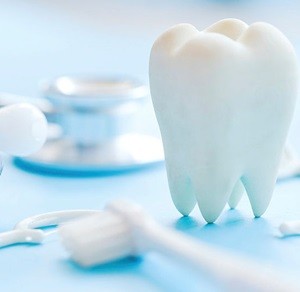Guest Editors
Patrícia Corrêa-Faria, PhD, Universidade Federal de Goiás, Brazil
Sumir Gandhi, BDS, MDS, Christian Dental College, Ludhiana, India

Encompassing a diverse range of topics, including preventive measures, traumatic injuries management, emerging technologies, restorative techniques, multidisciplinary approaches, psychological impact, and public health interventions, the goal of this Collection is to enhance patient outcomes. From insights into preventive strategies and patient education to collaborative management involving various dental specialists, the Collection seeks to contribute to reducing the incidence of dental trauma and improving overall care through comprehensive research and knowledge dissemination.

 Dr Corrêa-Faria holds a PhD in Dentistry (Pediatric Dentistry) and is an adjunct professor at the School of Dentistry at Universidade Federal de Goiás. Her interests lie in dental trauma, enamel defects, oral health-related quality of life, children's behavior during dental treatment, and clinical trials.
Dr Corrêa-Faria holds a PhD in Dentistry (Pediatric Dentistry) and is an adjunct professor at the School of Dentistry at Universidade Federal de Goiás. Her interests lie in dental trauma, enamel defects, oral health-related quality of life, children's behavior during dental treatment, and clinical trials. Dr Sumir Gandhi is a consultant Oral Surgeon and former Professor and Head of the Department at Christian Dental College, CMC, Ludhiana, India. He graduated from Punjab Government Dental College and Hospital, Amritsar in 1998 and pursued post-graduation at the same institute in 1999. Dr Gandhi has numerous research publications in
Dr Sumir Gandhi is a consultant Oral Surgeon and former Professor and Head of the Department at Christian Dental College, CMC, Ludhiana, India. He graduated from Punjab Government Dental College and Hospital, Amritsar in 1998 and pursued post-graduation at the same institute in 1999. Dr Gandhi has numerous research publications in